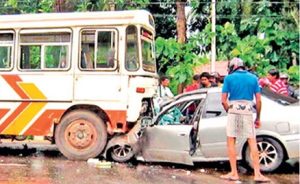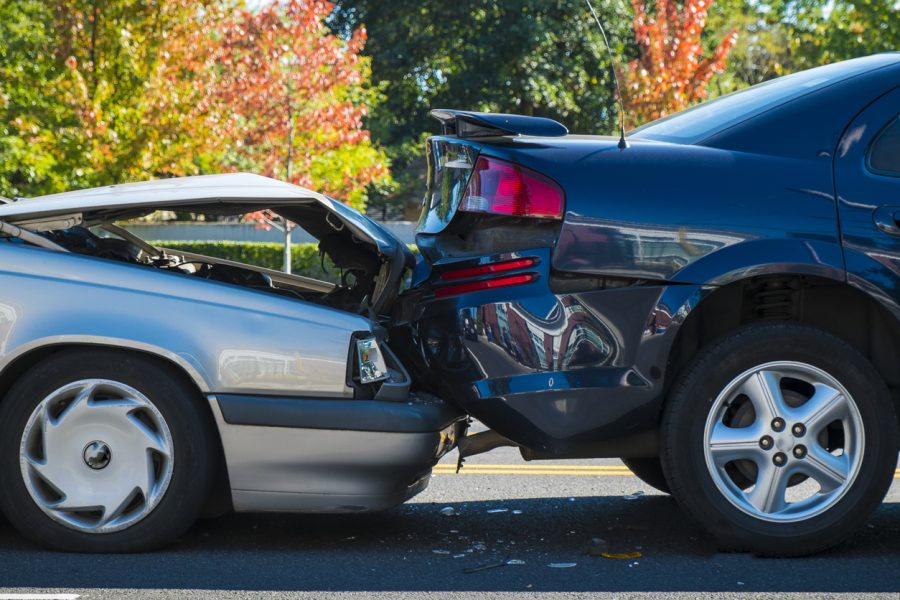How many more road accidents would we need before we make are roads safer?
At least one person has died in 10 road accidents every three hours in Sri Lanka since 2016, official government data showed.
According to data released by the Police Motor Traffic Department, on average, eight people have died daily due to road accidents since 2016.
Experts highlight a confluence of factors contributing to this grim reality, urging a systematic response to ensure safer roads for all.

Driver Behaviour at the Forefront:“Driver indiscipline is a major factor,” says Dr. Jayalath Edirisinghe, a senior lecturer at the University of Peradeniya. “Compared to countries with fewer accidents, obtaining a driver’s license in Sri Lanka is relatively easy, raising concerns about training standards and quality.” He emphasizes the need for programs focusing on responsible driving attitudes before licensing.
Ineffective Enforcement Hindering Progress:
“Most motorists have scant regard for disciplined behavior,” says Deputy Inspector General (DIG) Indika Hapugoda, in charge of traffic control and road safety. He highlights the high number of accidents despite millions collected in traffic fines. “Until motorists’ attitudes change, traffic accident numbers cannot be reduced,” he stresses, advocating for the swift implementation of the proposed demerit point system.

Infrastructure Lags Behind:
“Road designs and safety management processes should be upgraded,” urges Emeritus Professor Amal S. Kumarage of the University of Moratuwa. He emphasizes the need for infrastructure improvements to accommodate the growing number of vehicles.
Public Transport: A Safer Alternative:
“Public transportation is the safest mode,” Professor Kumarage further emphasizes. He advocates for improved public transport quality and capacity to encourage safer travel choices and reduce reliance on riskier vehicles like motorcycles and three-wheelers.
Data Gap Limits Targeted Solutions:
“Lack of investment in safety infrastructure, safety-based policies, and data-based road safety strategies are major drawbacks,” says Professor Kumarage. He highlights the need for comprehensive data analysis to guide targeted interventions and resource allocation.
Collective Action: The Path Forward:
Experts unanimously call for a holistic approach. Professor Samath Dharmaratne, chairperson of the Sri Lanka Medical Association’s Expert Committee for Road Traffic Crash Prevention, emphasizes the need for a high-level committee to bridge gaps between authorities and stakeholders.
“A holistic approach involving all stakeholders, including the Ministry of Transport, the Road Development Authority, the Ministry of Health, experts, traffic police, and others is essential,” says Dr. Dharmaratne. He stresses the potential cost savings in the healthcare budget if road accidents can be minimized.
While challenges remain, a collective effort focused on driver training, stricter law enforcement, infrastructure improvements, robust public transport options, and data-driven strategies can pave the way for a safer future on Sri Lankan roads
x







